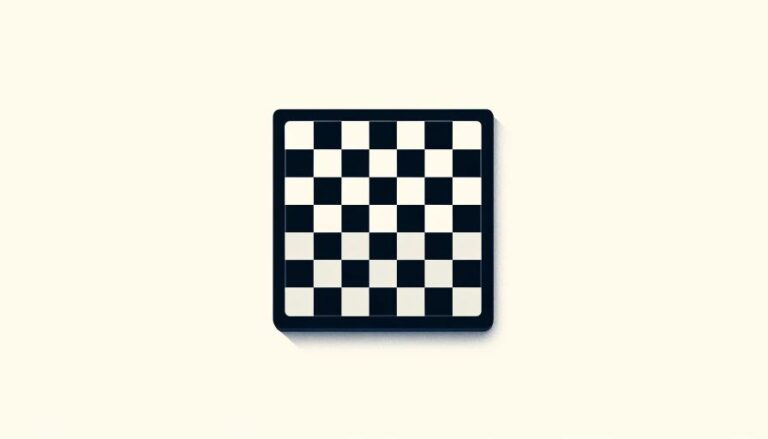Introduction to Sideways Pawns Chess
Sideways Pawns Chess is a unique variant of the classic game of chess. Developed by Karl Prinsloo in 2006, this variant introduces a new concept of movement for the pawns, making the game more dynamic and challenging. Unlike traditional chess, where pawns can only move forward, in Sideways Pawns Chess, pawns can also move sideways, increasing their range and strategic value on the board.
How to Play Sideways Pawns Chess
The setup of the board in Sideways Pawns Chess is the same as traditional chess. However, the movement of the pawns is different. In this variant, pawns can move one or two squares forward, one square sideways, or one square diagonally forward. This gives them a wider range of movement and allows for more creative and strategic gameplay.
Advantages of Sideways Pawns Chess
The introduction of sideways movement for pawns adds a new dimension to the game of chess. Traditionally, pawns were considered to be the weakest pieces on the board, with limited movement and strategic value. However, in Sideways Pawns Chess, pawns become an integral part of the game, with the potential to be as powerful as other pieces.
Challenges and Strategies for Sideways Pawns Chess
The introduction of sideways movement for pawns brings with it a new set of challenges and strategies for players. One of the main challenges is to understand the value and potential of pawns in this variant. Pawns are now more versatile and can be used for both attacking and defending. Players have to carefully consider the position of their pawns and use them strategically to gain an advantage over their opponent.
Furthermore, players have to be careful with their pawn placement as en passant can lead to unexpected captures. This requires a great deal of foresight and calculation to anticipate possible en passant moves and plan accordingly.







